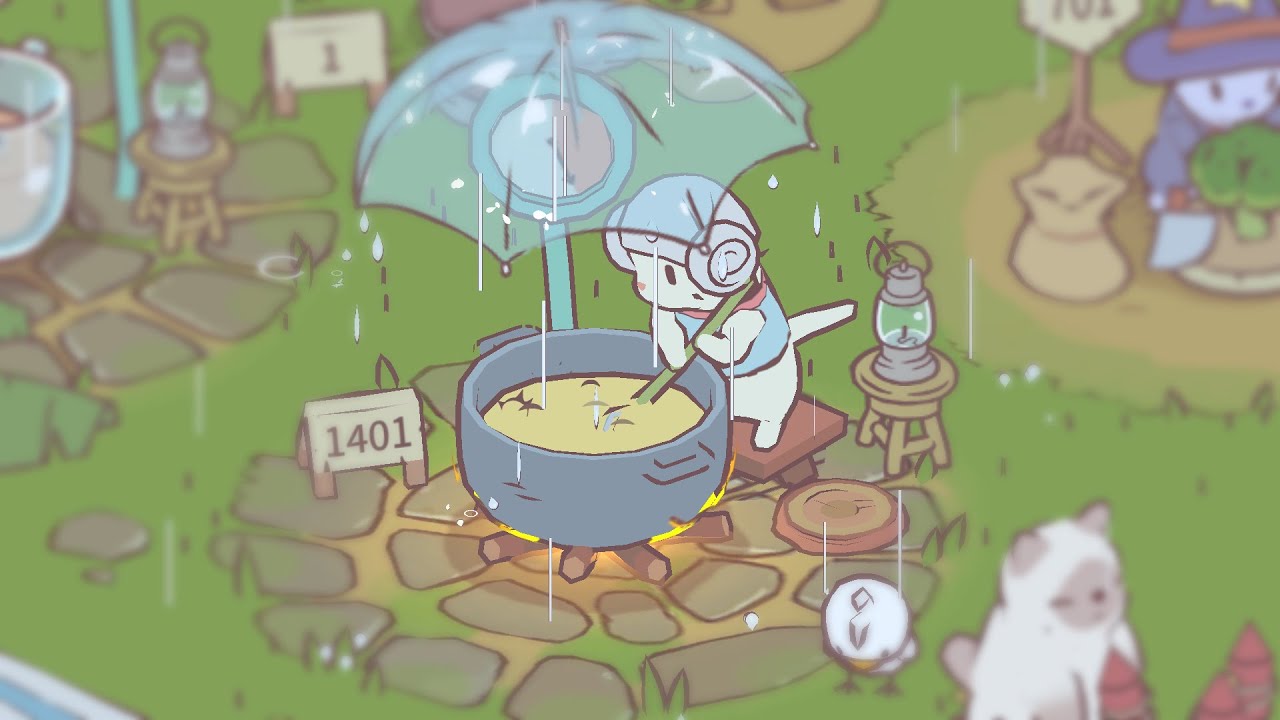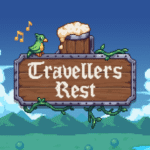How to Start a New Farm in Stardew Valley (Beginner Guide)
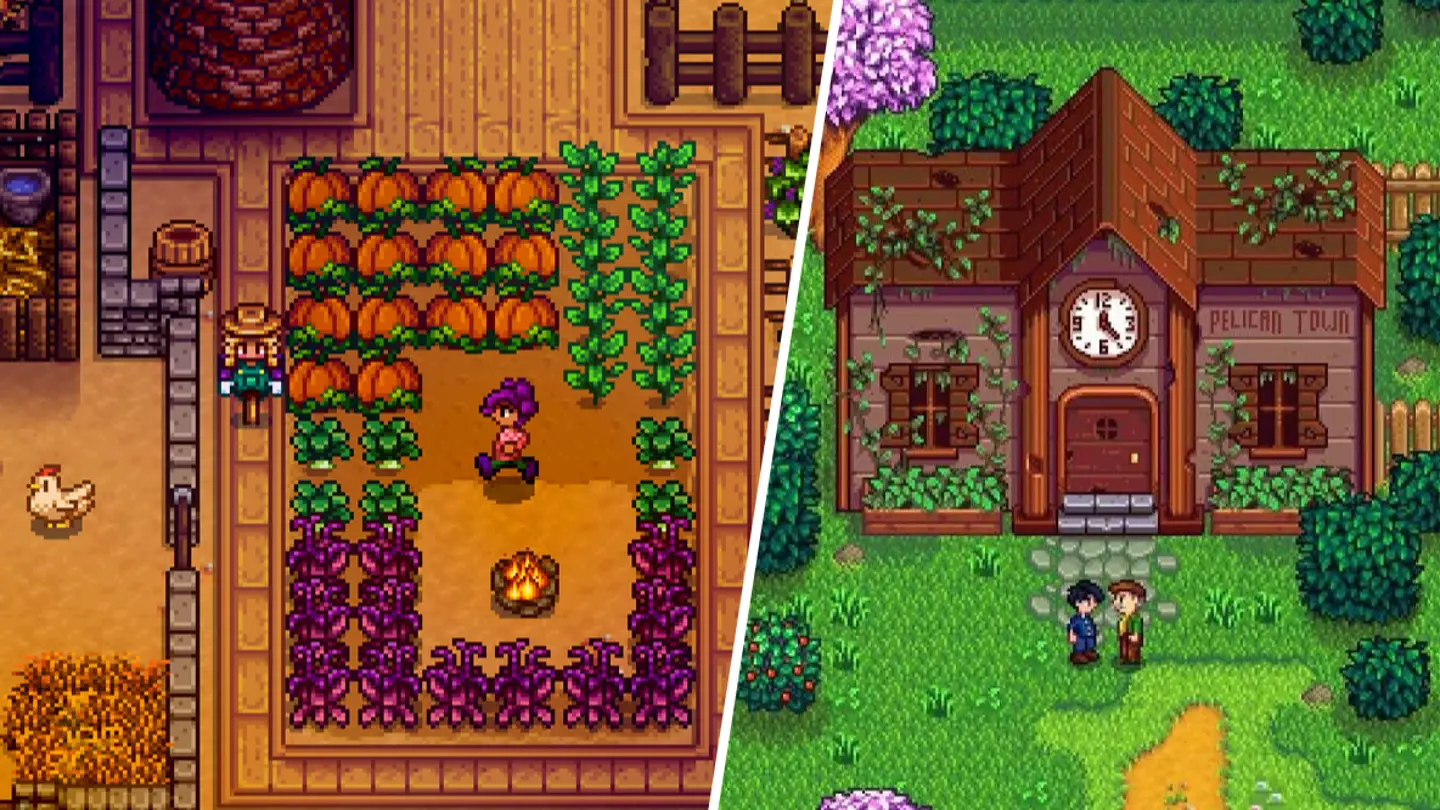
There’s something incredibly special about those first moments in Stardew Valley. You step off the bus, surrounded by overgrown weeds and tangled trees, holding nothing but a few rusty tools and a packet of parsnip seeds. Your grandfather’s farm sits before you, wild and forgotten, waiting to be transformed into something beautiful. It’s overwhelming, yes, but also filled with endless possibility.
Starting a new farm in Stardew Valley can feel intimidating when you’re staring at that overgrown mess and wondering where to even begin. Between clearing debris, planting crops, meeting villagers, and figuring out what all those mysterious buildings in town do, there’s a lot to process. But here’s the wonderful secret: there’s no wrong way to play Stardew Valley. This guide will help you find your footing during those crucial first days, giving you the knowledge to build confidence while still preserving that magical sense of discovery that makes the game so special.
Choosing Your Farm and Character
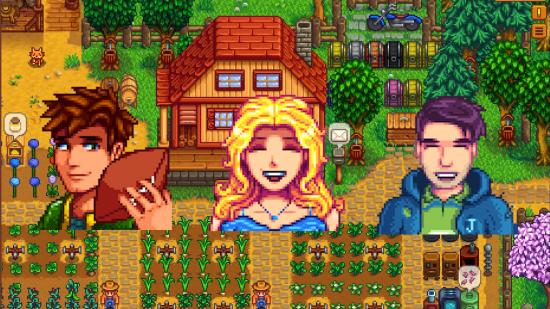
Before you even arrive in Pelican Town, you’ll make some important decisions that will shape your entire experience. The character creation screen lets you customize your appearance, choose your farm name, and select your favorite thing (which affects a cute Easter egg later in the game).
The most important choice is your farm type. There are a total of eight different farm types, each offering unique benefits and challenges. The standard farm layout is best for newcomers, offering lots of farmland for crops and animals. This balanced approach gives you plenty of space to experiment and figure out what aspects of the game you enjoy most.
Other farm types like the Riverland Farm, Forest Farm, or Beach Farm specialize in specific skills. For instance, you cannot use sprinklers on the beach farm, but you will sometimes have items wash up on the shoreline. These specialized farms are better suited for experienced players who know what they want to focus on.
Understanding Advanced Options
The character creation menu includes advanced options that let you customize your experience further. At the character creation menu, there is a button with a wrench icon that contains all of the Advanced Options, including options to remix community center bundles or guarantee certain items appear in your first year. New players should probably leave these settings at default for their first playthrough.
Your First Day: Getting Started
The first day in the game is a Monday, and players begin life in Stardew Valley in their bed. When you wake up, you’ll find a package containing 15 parsnip seeds inside your farmhouse. This is your starting capital, so to speak, and your first task is simple: plant them.
Before you rush outside, take a moment to understand your tools. You start with five basic tools that will become your constant companions. The axe chops wood from trees and stumps. The pickaxe breaks rocks and stones. The hoe tills soil for planting. The watering can waters your crops. The scythe clears grass and weeds without using energy.
Here’s what you should do on Day 1:
Clear a small planting area. You don’t need to clear your entire farm right away. Just make enough space for those 15 parsnip seeds plus a few extra you might buy later. A player’s first objective should be to cut down enough wood to craft a chest (50 wood) and lay out their very first crops.
Craft your first chest. This requires 50 wood, which you’ll get from chopping about three trees. Place this chest somewhere convenient, like next to your farmhouse or near the shipping box. You’ll use it to store items you don’t need immediately.
Plant and water your seeds. Use your hoe to till the soil in neat rows, plant your parsnip seeds, then water them with your watering can. This simple routine will become the foundation of your daily farm life.
Explore Pelican Town. After your morning farm work, head south to explore the town. This should bring them to Pierre’s General Store where they should purchase themselves some more seeds to plant. Parsnips are affordable and grow in just four days, making them perfect for beginners.
Understanding Energy and Time
On the right side of your screen, you’ll see a green bar. This is your energy. Once you have hit enough rocks, the little Energy bar in the bottom right corner will begin to deplete. Every tool use (except the scythe) consumes energy. When it runs out, you’ll move slowly and can’t use tools effectively.
Time in Stardew Valley passes as you move and act. Each day lasts about 13-15 real minutes. Sleep before 1 AM to avoid penalties, as staying up past midnight will result in waking up with reduced energy the next morning, and passing out at 2 AM causes you to lose some gold. Don’t stress about maximizing every second at first. Just enjoy exploring and learning.
Your First Week: Building Momentum
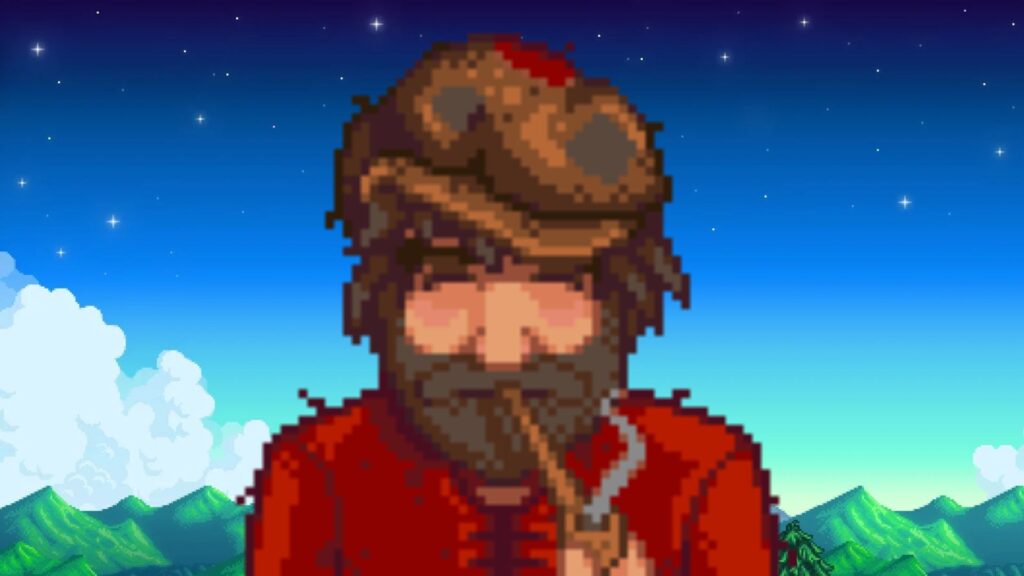
The first week establishes rhythms that will carry you through the entire game. Let’s break down what you should focus on each day.
Day 2: Meeting Willy and Learning to Fish
After watering the crops that were planted yesterday, players can head to the Beach and meet Willy for the first time. He’ll give you a bamboo fishing rod and introduce you to fishing, one of the game’s most profitable early activities.
Fishing has a learning curve. The minigame requires you to keep a bouncing fish icon within a green bar by clicking to raise it and releasing to lower it. It’s frustrating at first but becomes intuitive with practice. Early fishing can earn you solid money while you wait for your first crops to grow.
Day 3: The Rainy Day Gift
It always rains on the third day, so players need not waste any energy watering crops. This is perfect timing because The General Store run by Stardew Valley’s Pierre is closed on Day 3, freeing you up to explore other activities.
Use this rainy day to continue meeting townsfolk, explore the forest and mountain areas, and practice your fishing. Farmers should make sure to explore the Cidersnap Forest and check for Spring Onions near the sewer pipe. These provide free food to restore energy.
Days 4-7: Establishing Your Routine
By now, you should be settling into a comfortable rhythm. Water your crops each morning (unless it’s raining), then choose a focus for the day. Maybe you’ll fish for a few hours, or explore and forage for items, or start clearing more farm space for future expansion.
Each crop has a season in which it will grow, dying on the first day of the next season. Since you’re starting in Spring, focus on Spring crops like parsnips, potatoes, and cauliflower. Don’t worry about summer crops yet.
Understanding Seasons and Crops
Stardew Valley does not have months. The year is four seasons, each with 28 days. This seasonal cycle is crucial for farming success.
What you need to keep in mind is every vegetable, fruit, or flower plant that you planted in that season will die after 28 days. The exception is multi-season crops like corn. When planning your crops, always check how many days they take to mature and make sure you have enough time left in the season to harvest them.
When you click on the seeds, it will show how long it takes to harvest them at Pierre’s store. If it’s Spring 20 and a crop takes 13 days to grow, you won’t get a harvest before Summer arrives and kills it. Plan accordingly.
Quick crop guide for Spring:
- Parsnips: 4 days, cheap, great starter crop
- Potatoes: 6 days, good profit, chance for extra potatoes
- Cauliflower: 12 days, excellent profit, can become giant
- Strawberries: 8 days after initial growth, multi-harvest (buy at Egg Festival on Spring 13)
You need to water your plants every day, otherwise they will not grow. If it is a rainy day then you should not water. Rainy days are gifts that free up your energy for other activities.
The Magic of Your Television
This might seem silly, but one of the most valuable tools in your farmhouse is your TV. Watching TV daily provides helpful insights that can significantly improve your gameplay.
The weather forecast tells you if tomorrow will rain, helping you plan activities. The fortune teller reveals your daily luck, which affects mining and fishing. On good luck days, you’ll find more treasures and ladders in mines. The Queen of Sauce teaches you cooking recipes every Sunday and Wednesday. Livin’ Off the Land shares helpful farming tips.
Make checking the TV part of your morning routine. It takes seconds and provides information that helps you make better decisions about how to spend your day.
Making Money: Your Early Income Streams

When you’re just starting out, money feels tight. You need to upgrade tools, buy more seeds, and eventually construct buildings. Here are the best early money-making strategies:
Farming is your primary income source. Start small with parsnips, then gradually invest profits into more expensive crops with better returns. Cauliflower is excellent for Spring profit.
Fishing becomes very profitable once you improve at the minigame. Different fish appear based on location, weather, season, and time. Experiment with different spots and times to find valuable fish.
Foraging is free money literally growing on the ground. When you leave your farm, you may have noticed that there are some flowers and fruits on the sides of the roads that you can easily pluck. Collect everything you see. Some items are needed for community center bundles, but extras can be sold.
Mining opens on Spring 5 and provides ores for tool upgrades plus gems you can sell. You’ll find the Mines in the northern mountains, where Marlon gives you a Rusty Sword on your first visit.
Early on, focus on fishing and farming for income while collecting foraged items for bundles rather than immediate profit.
Community and Relationships
Pelican Town isn’t just a backdrop. It’s filled with unique characters you can befriend, and these relationships add incredible depth to your experience. Talking to villagers at least once a day and giving them gifts they love will slowly increase your friendships with them.
Each villager has favorite gifts that significantly boost friendship. Check the calendar outside Pierre’s General Store to see upcoming birthdays. The fastest way to their hearts, literally, is to give them a gift on their birthday, which provides an 8x friendship multiplier.
Don’t stress about min-maxing friendships immediately. Simply chat with people as you encounter them, give occasional gifts, and let relationships develop naturally. The game rewards consistency over intensity.
Important Early Game Tips
Here are essential things to know that will make your experience smoother:
Save high-quality items. There are a few occasions in which a gold star (or higher) crop or produce item will come in handy for bundles and events. Keep a few in storage rather than selling everything.
Build a silo before clearing grass. Later when you get animals, they’ll need hay. A silo stores hay from grass you cut with your scythe. If you clear all your grass before building one, you’ll have to buy expensive hay from Marnie.
Don’t sell everything. Many items are needed for community center bundles or crafting recipes. Keep at least one of everything new you find until you understand what you’ll need later.
Energy management matters early. If you are a beginner, you can find some fruits from off-road, purchase food from the Stardrop saloon or consume what you harvest. Eating food restores energy, letting you accomplish more each day.
Tool upgrades are worth it. It’s a natural instinct to want to upgrade your tools as soon as possible, and irrigation should be near the top of the list for the first upgrades. Better watering cans hold more water and cover more area, saving huge amounts of time.
The Community Center: Your Long-Term Goal

Shortly after starting, you’ll unlock access to the Community Center, a run-down building that serves as your main long-term objective. Completing bundles here by donating requested items rewards you with valuable prizes and eventually restores Pelican Town’s economy.
Don’t feel pressured to rush this. Build the greenhouse before your first winter if possible by completing certain bundles, as it lets you grow crops year-round. But the Community Center is designed to be completed over multiple years. Take your time, enjoy the journey, and celebrate each bundle you finish.
Finding Your Own Rhythm
Here’s the most important advice: Stardew Valley is designed to be played at your own pace. There are players who optimize every second, planning elaborate strategies to maximize profit. There are also players who spend entire days just fishing by the river or decorating their house. Both approaches are equally valid.
The game never punishes you for taking things slow. There’s no game over, no harsh consequences for “wasting” time. If you spend a whole season just fishing because you find it relaxing, that’s wonderful. If you want to focus entirely on befriending villagers and ignore farming for a while, go for it.
What makes Stardew Valley special:
- No pressure or time limits on most activities
- Freedom to focus on whatever activities you enjoy most
- Forgiving mechanics that let you learn through experimentation
- Constant sense of progression no matter how you play
- A world that feels alive and welcoming
- Satisfying routines that become meditative
- Endless goals to pursue when you’re ready
- A gentle pace that respects your real-life time
The farm will grow. Relationships will deepen. Skills will improve. Money will accumulate. All of this happens naturally as you play, without forcing or stressing. The magic of Stardew Valley is that progress feels good rather than necessary.
Your First Spring: Setting Yourself Up for Success
As your first Spring progresses, you’ll start feeling more confident. Your initial parsnips will harvest, giving you money for more seeds. You’ll learn which villagers you genuinely like talking to. The fishing minigame will click and suddenly become enjoyable. The overwhelming feeling of those first days will fade into comfortable familiarity.
By the end of Spring, you should have a small but productive farm, a few friendly faces in town, some money in the bank, and a much better understanding of how everything works. You’ll have your favorite activities, your preferred routines, and a growing sense of attachment to your little piece of Pelican Town.
Spring is just the beginning. Summer brings new crops, new fish, new festivals. Fall introduces even more profitable plants and beautiful autumn colors. Winter, while crops can’t grow outside, offers time for mining, fishing, and building relationships. The cycle continues, each season bringing fresh experiences and opportunities.
Embrace the Learning Process
Everyone who loves Stardew Valley was once exactly where you are now, standing on an overgrown farm wondering what to do first. We all planted crops in the wrong season at least once. We all struggled with the fishing minigame. We all wished we’d saved certain items before selling them.
These little mistakes aren’t failures. They’re part of the learning process that makes eventual success so satisfying. You’ll look back in a year or two of game time and marvel at how far your farm has come, how much you’ve learned, how natural everything feels now.
So take a deep breath. Plant those parsnips. Talk to some villagers. Try fishing even if you’re terrible at first. Water your crops. Watch some TV. Go to bed before you collapse from exhaustion. Wake up and do it all again, making tiny improvements each day.
Your grandfather’s farm is waiting to bloom. Pelican Town is ready to welcome you. And somewhere in that tangle of weeds and stones is the peaceful, profitable, beautiful farm you’ll create one day at a time.
The best time to start was whenever you began reading this guide. The second best time is right now. Your cozy farming adventure awaits.
Last Post: 10 Best Cozy Mobile Games You Can Play On the Go
What cozy game are you playing this week? Tell us in the comments or join the cozy conversation at Shockix. 🌾💚


